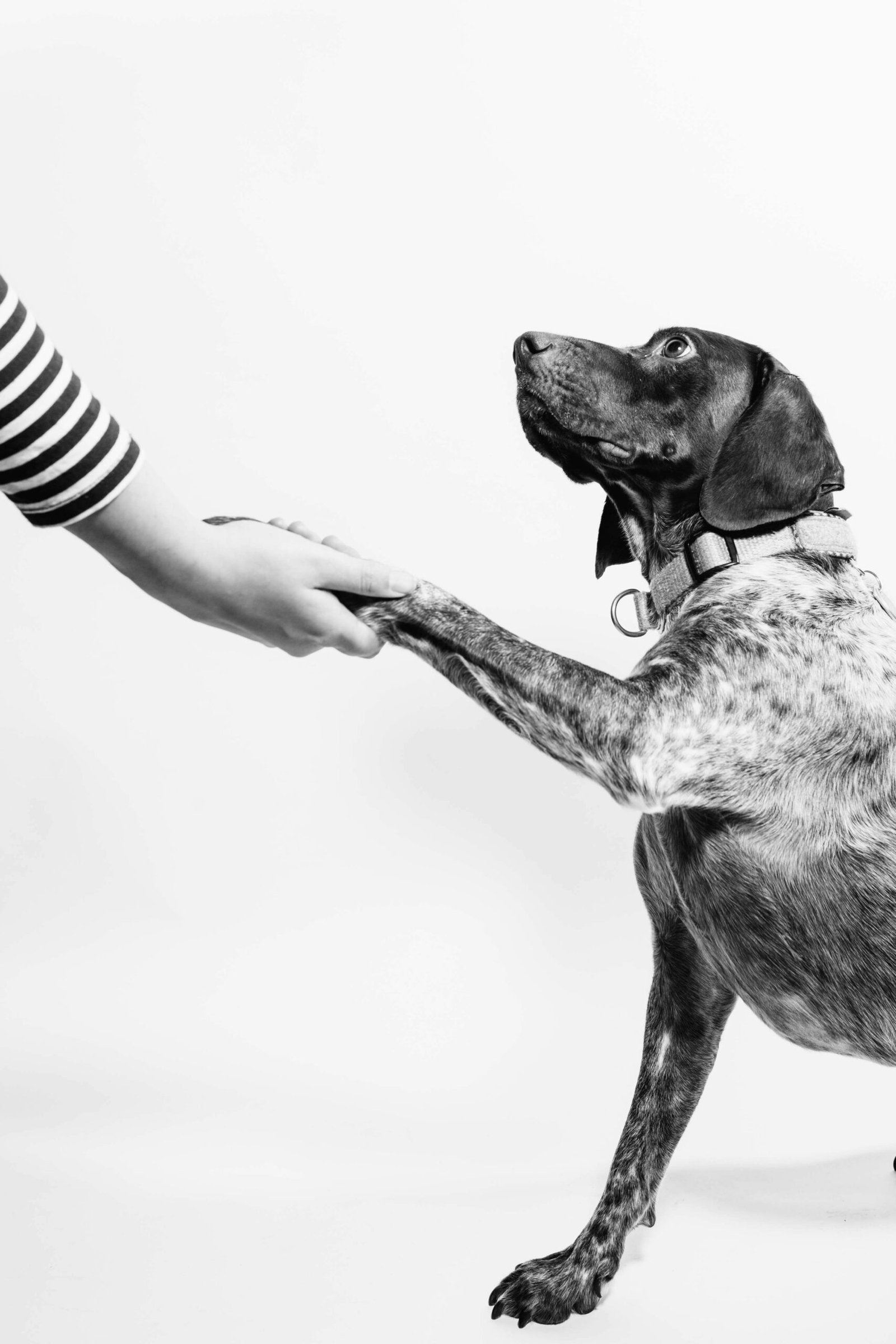
Introduction
Having a well-behaved and socialized dog is every pet owner’s dream. Training your dog to get along with other dogs, people, and different environments is essential for their overall well-being and your peace of mind. In this article, we will discuss the instruments you need to effectively train your dog to get along.
1. Treats and Rewards
Treats and rewards are powerful tools when it comes to dog training. They serve as positive reinforcement and motivate your dog to learn new behaviors. Make sure to choose small, bite-sized treats that your dog loves. Use treats to reward your dog for good behavior, such as sitting calmly around other dogs or obeying commands in distracting environments.
2. Leash and Collar
A leash and collar are essential for controlling your dog during training sessions and when introducing them to new situations. A sturdy leash and a well-fitted collar are important for your dog’s safety and your ability to guide them. Choose a leash that is comfortable to hold and a collar that fits snugly without causing discomfort.
3. Clicker
A clicker is a small handheld device that makes a distinct clicking sound. It is a popular tool used in positive reinforcement training. The clicker helps to mark the exact moment your dog performs a desired behavior, which is then followed by a treat or reward. With consistent use, your dog will associate the sound of the clicker with positive outcomes, making it easier to reinforce good behavior.
4. Toys
While toys may not seem like training instruments, they play a crucial role in teaching your dog appropriate play behavior and redirecting their attention. Interactive toys, such as puzzle toys or treat-dispensing toys, can keep your dog mentally stimulated and prevent them from getting bored or engaging in destructive behavior. Use toys as a reward during training sessions or to redirect your dog’s focus when they become overly excited or anxious.
5. Muzzle
A muzzle can be a valuable tool when introducing your dog to new environments or situations where they may feel anxious or reactive. It provides an extra layer of safety and prevents your dog from potentially harming themselves or others. When using a muzzle, it is important to introduce it gradually and associate it with positive experiences, such as treats or playtime. Consult a professional dog trainer for guidance on proper muzzle training techniques.
6. Treat Pouch or Training Bag
A treat pouch or training bag is a convenient accessory that allows you to keep treats easily accessible during training sessions. It keeps your hands free and ensures that you can reward your dog promptly for good behavior. Look for a pouch or bag with multiple compartments to store different types of treats and keep them fresh.
7. Patience and Consistency
While not physical instruments, patience and consistency are essential when training your dog to get along. Training takes time, and every dog learns at their own pace. Be patient with your dog and celebrate small victories along the way. Consistency is also key in reinforcing desired behaviors and preventing confusion. Stick to a regular training schedule and use the same commands and techniques consistently.
Conclusion
Training your dog to get along is a rewarding journey that requires the right instruments and techniques. Treats and rewards, a leash and collar, a clicker, toys, a muzzle (if necessary), and a treat pouch or training bag are all valuable tools to have. Remember to be patient, consistent, and always prioritize positive reinforcement. With time and effort, your dog will become a well-behaved and socialized member of your family.



